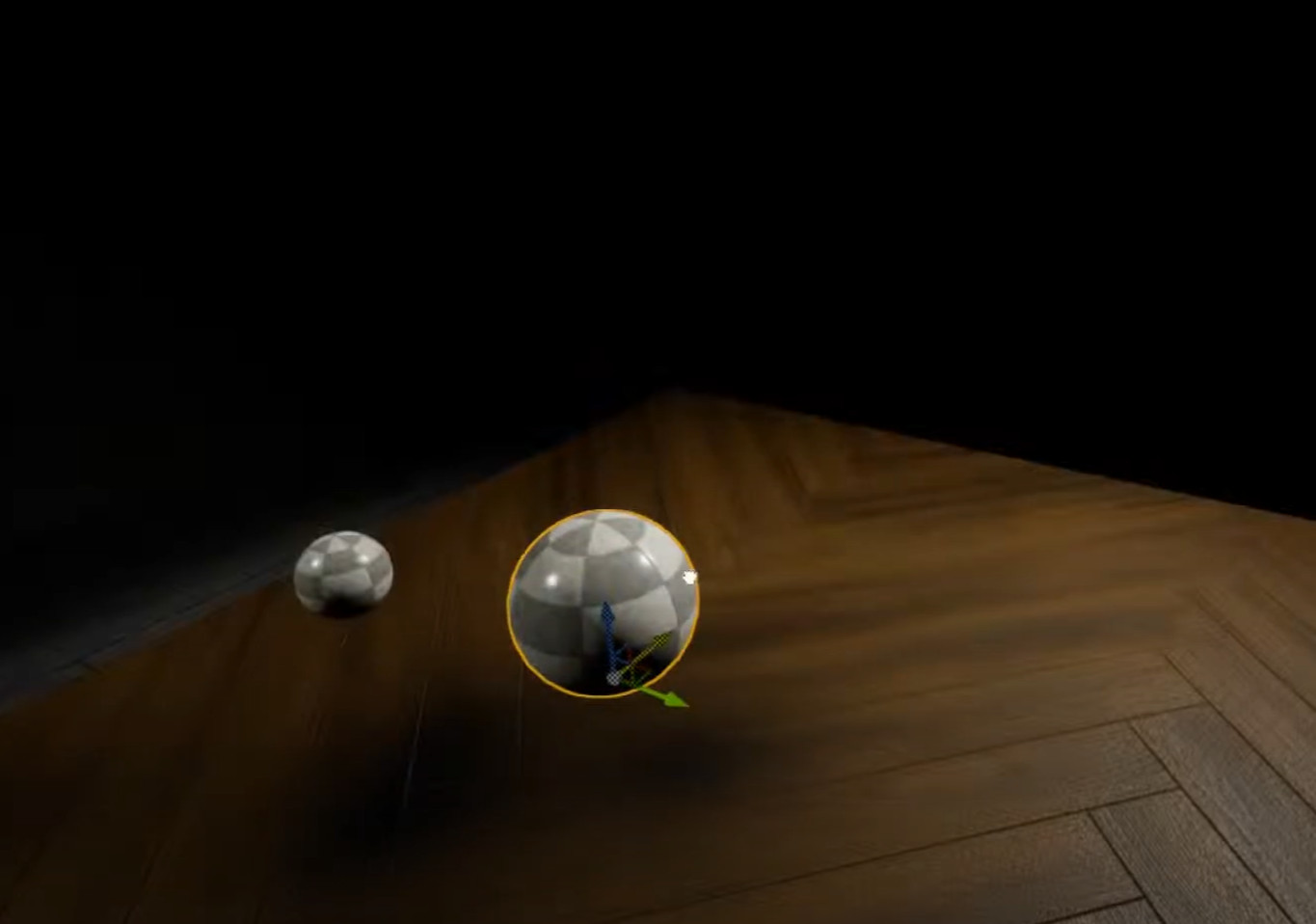Created in Unreal 4.
When I was learning things about VR, one of the highlights was that translucency was expensive or even disabled on some headsets. I did some research on faking shadows in VR. One of the techniques was not to use translucency but instead to trace the ray of the light to the object and then darken pixels in the shader of the object behind it. That is what is happening in this demo. As objects are moved, a ray is traced from the light to the object and beyond. Then it traces from the hit object to the object behind it. At the point of impact on the material, I darken pixels based on the size and distance of the object blocking light. This also allows for overlapped shadows to compound.
